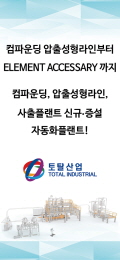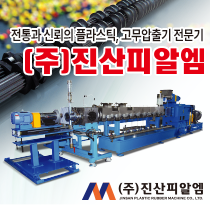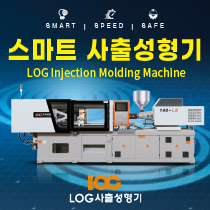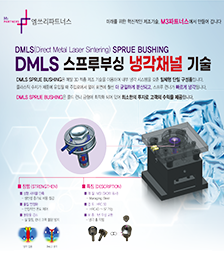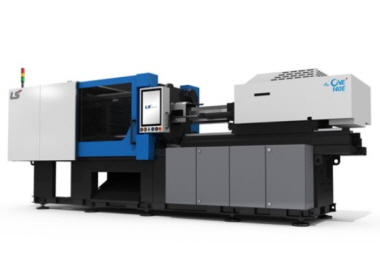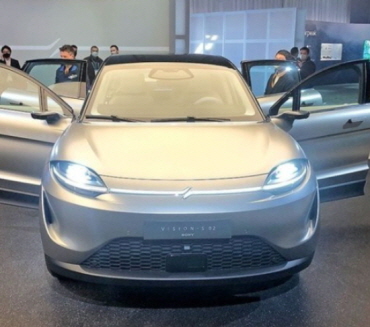Technology & solutions
The Age of Plastics: 30 years of auto innovations
The Age of Plastics: 30 years of auto innovations
▲General Motors -GM's EV1 had a short life, but it managed to eke out a win for its structural battery tray.
One consistent rule throughout the process has been that the part had to be on a production car, not just a concept — even if it was a low production niche vehicle.
By the time Plastics News began publishing in 1989, SPE had already honor composite exterior body panels, tailgate assembly parts, rear quarter windows, instrument panels and radiator fan shrouds.
▲WikipediaCarroll Shelby's personal CSX. Chrysler made 500 of the cars, and won the SPE Automotive Innovation grand prize in 1090 for its composite wheels.Composite wheels on Chrysler's Dodge Shelby CSX, made of sheet molding compound and XMC. The CSX was a halo vehicle for Chrysler, with the letters standing for Carroll Shelby Experimental. The company made only 500 of the cars, including one for the legendary designer.
1990
General Motors' exterior door panel made of polycarbonate/ABS.
1991
▲Chrysler- Chrysler won the grand prize in 1991 as it introduced integrated child seats in its minivans.
Chrysler leaned heavily on the family aspect of the minivan when it introduced rear seats with an integrated child's safety seat, made with polypropylene, glass mat thermoplastics and expanded MPPE. The integrated seats were so popular for a time that Chrysler even offered them in sedans, including the Chrysler Concorde, Dodge Intrepid and Eagle Vision. The child seats were eventually dropped though, and disappeared once minivans began offering "stow and go" seating instead.
1992
Chrysler's instrument panel systems made using PP/GMT, MPPE, PP ad polyurethane foam.
1993
Ford Motor Co.'s POM-based front suspension stabilizer link.
1994
▲Sabic - When General Motors won the grand prize in 1994, it marked a turning point for thermoplastics taking over in air intake manifolds.
In the 1990s, most air intake manifolds were made of aluminum. But nylon was creeping up in use. In 1994, SPE honored GM's nylon copolymer manifold, recognizing a material shift which by 2000 saw plastics taking over the bulk of production. And today the question isn't will the manifold be plastic, but what kind of plastic.
1995
Ford Motor Co.'s integrated front end system, made with SMC.
1996
It's the start of the electric car era — or the modern one at least — as GM wins for the PP and GMT structural battery tray used on its EV1. The EV1 was produced and leased (no outright sales allowed) by GM from 1996 to 1999. When GM stopped making the car, it prompted outcry from fans and a documentary movie, "Who Killed The Electric Car." In late 2010, GM was back in the EV car market with the Volt, and now electric vehicle sales are growing globally.
1997
Ford for its use of recycled nylon from carpet into car parts.
1998
Mitsubishi Motors for its I section bumper beam made of PP and GMT.
1999
DaimlerChrysler for its fan shroud and reservoir assembly made of PP.
2000
▲Society of Plastics Engineers - The injection molded energy absorbing cones used by Ford in 2000 represented an option from expanded foam.
Ford looked beyond expanded polystyrene and expanded polypropylene for the energy absorbers within its bumper systems. The high density polyethylene, injection molded absorbers were cone-like shapes between the fascia and the bumper beam, designed to collapse and take some of the impact stress. And the systems promised a 79 percent cost savings.
2001
General Motors experimented with clay nanocomposites in an optional step assist for its Safari and Astro vans.
2002
It looked like a breakthrough. When DaimlerChrysler began using molded-in-color, multi-layer film on bumper fascia it promised to allow companies to shut down paint shops. Suppliers of fascia and other exterior trim, it was believed, would be able to deliver finished parts that matched body colors, but without the headaches of running a paint shop. But after a few attempts beyond that initial use, the film program mostly died out for the auto industry. There were too many variables between the OEM paint shops and the film in the long run.
2003
DaimlerChrysler roof module made with a PC copolymer.
2004
Ford Motor Co.'s door trim made with an integrated acoustic module to replace standard speaker components, produced in PP.
2005
▲U.S. National Highway Traffic Safety Administration - Honda included a lockable "trunk" in the SMC bed of its Ridgeline pickup truck.
Honda Motor Corp.'s first truck, the Ridgeline, promised to be different. It would be assembled on the same line as Honda's cars and SUVs, which simplified production. And for plastics suppliers, the bed was something to brag about: An SMC composite complete with a lockable in-bed "truck" which would allow truck owners to safely store items out of sight. (And the bed even had drainage holes, which would allow it to be filled with ice and become a massive cooler for tailgating parties.
2006
DaimlerChrysler's blow molded front and rear bumper system, made with thermoplastic polyolefin.
2007
General Motors for its use of backlighting with color-converting PC.
2008
▲Inergy - The twin sheet blow molded tank used by BMW.The blow molded HDPE fuel tank got more sophisticated when BMW began using a twin-sheet system developed by Inergy Auomotive Systems – now fully owned by Plastic Omnium – which integrated key parts like sensors and the fuel pump inside the tank. That reduced the potential for evaporative emissions from connections, allowing plastic tanks to improve their environmental footprint.
2009
General Motors used a radio case developed by Delphi Corp. which was molded in PC/ABS with integrated faraday shielding.
2010
Ford's 2011 Superduty diesel pickup was the first high-volume truck application to use an all-plastic system as part of its diesel emission control program.
2011
▲Ford Motor Co. - Ford worked with Trexel Inc. and other suppliers to begin using MuCell in an instrument panel.
Ford became the first major automaker to use Trexel Inc.'s microcellular foaming process for a big part, using the MuCell process on two parts on the 2012 Ford Escape sport utility vehicle and the European-based Ford Kuga crossover vehicle — the substrate retainer and the topper.
2012
General Motors used TPO as part of an upgraded design for its Chevrolet Traverse, Buick Enclave and GMC Denali crossovers to help drive sales.
2013
Nissan Motor Co.'s Rogue crossover became an early adopter of an all-olefenic exterior tailgate, using by PP and TPO molded by supplier Magna International and added as a complete system at Nissan's assembly line.
2014
Ford used TPO for its Active Glove Box.
2015
▲General Motors - GM used hollow glass microspheres to lighten the weight of its composite body panels on the Corvette in 2015.GM replaced calcium carbonate in the conventional SMC material for its body panels with hollow glass microspheres produced by 3M Co., along with a proprietary surface treatment to reduce mass by 43 percent compared to conventional materials.
2016
Ford used a nylon and TPO composite for the suspension in upper and lower seat backs in the Lincoln Continental.
2017
Ford created a front-end module for the 2018 Expedition with what it said was "possibly the largest" two-shot injection molded module in production at that point, using a glass fiber-reinforced PP.
2018

